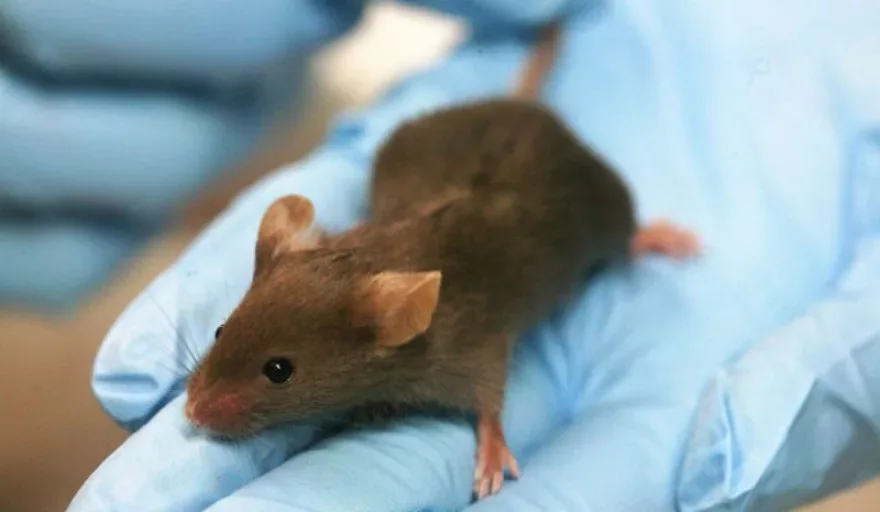Sequencing the mouse and human genomes has provided scientists detailed knowledge of both species’ genetic composition, and highlighted their startling similarity.
Together with ever more sophisticated methods to manipulate the mouse genome, this has established the mouse as the premier organism for developing models of human disease and drug action. As human genetic medicine has taken off, the demand for mouse models of various genetic diseases has been equally growing.
SOURCE: The European Commission Research and Innovation Information Centre
One of the most widely used methods of inducing genetic changes in mice is called the Cre-lox system. This process is favoured as it allows DNA modification to be targeted to a specific cell type or to be triggered by an external stimulus. The approach has benefited from large national projects to systematically create many mutant lines of Cre-lox mice for provision to researchers. Those projects are presently underway in many countries, but before 2008 their data rarely transcended national borders. Data silos are problematic for any scientific research, especially in this case, as research on mutant mice requires standardisation. For results to be comparable, the mice must be as identical as possible to one another.
Thus the European Union (EU)-funded CREATE project (Coordination of resources for conditional expression of mutated mouse alleles) was initiated to address this problem. The project brought together partners from four European countries plus the United States and Canada.
CREATE was designed to address a trifold problem: inaccessibility of existing mutant mouse strains, the strains’ incomplete characterisation, and gaps in the present array of mouse strains available. These factors were predicted to pose a significant roadblock to future development of mutant mouse models if they were not addressed.
The project addressed these needs by creating a web portal for partner organisations to share their data (www.creline.org). The site served to pass data not only of existing mouse lines but also proposed lines, so that researchers did not duplicate efforts or could compare outcomes. Mouse embryos themselves were also shared.
“Often these organisations are competitive with each other,” says Nadia Rosenthal, the project coordinator. “So it took a certain amount of altruism to release work in progress to the consortium. Building up that trust among such a large consortium was a first,” adds Rosenthal.
The consortium maintains contact even though the project has ended, and the website is the most thorough database of Cre-modified mice anywhere in the world.
Building on that work, the current EU-funded EUCOMMTOOLS project is actually creating new strains of mice that were identified as high priority by the CREATE project. Surveys through creline.org are helping EUCOMMTOOLS researchers identify the needs of researchers around the world as well as setting benchmarks for the various tests that are performed on mutant mice, to make sure standards are as uniform as possible around the globe.
These data-sharing processes ultimately make science more efficient and will help researchers get quicker access to the mouse models they need to make progress on curing human diseases.


















